How to make Béarnaise sauce
Béarnaise sauce is a classic for a reason. As a variation of Hollandaise – one of the five mother sauces – it forms a fundamental part of French cookery, but more importantly, it’s delicious and easier to make than you think. We’re here to show you just how easy. By Jess Spiro.
“My favourite sauce is Hollandaise/Béarnaise. It was one of the first sauces I was taught when I started cooking with Ciro Molinaro. We used to make a huge batch each evening in a very large copper pan, the big thing obviously was not to split it. I still love making it – and eating it of course! Mainly with a beautiful rare rib-eye steak.” – Margot Janse, chef, mentor, Eat Out head judge and Isabelo founder
The basics of Béarnaise
Béarnaise, like Hollandaise (and in some ways, like mayonnaise) is a stable emulsion, made from egg yolks, butter, white wine vinegar, tarragon and other aromatics. Essentially, the egg yolks are combined with the aromatics, and then melted (and usually clarified) butter is blended into the egg mix. This sounds simple enough, but there are one or two pressure points to look out for. Firstly, you need to emulsify the egg yolks and butter correctly (emulsify just means to evenly combine or mix two ingredients together – in the same way you make mayonnaise). Secondly, you need to make sure that the eggs cook through without turning to scrambled eggs. We’ll explain all of this below!
The aromatics
Before you get to separating eggs and melting butter, make sure you’ve got a great flavour base for your sauce. The best way to do this is to concentrate flavours into your white wine vinegar mix. Tarragon is the defining flavour in a Béarnaise, so make sure you have a generous amount of this, in either fresh or dried form, but shallots and black peppercorns also work very well. Combine the tarragon, shallots and black peppercorns into a small saucepan, place over a medium-high heat, and leave to cook until the liquid reduces by roughly half the amount. Allow it to cool slightly, and make sure to taste it at this point. The vinegar flavour will be the most pronounced, but you also want to pick up on the tarragon – if you can’t, add more and allow the flavour to steep. Once you’re satisfied that you’ve got a punchy vinegar base, leave to cool fully.
The process
Most Béarnaise recipes will tell you to make a double-boiler out of a glass bowl suspended over a pot of gently simmering water, in which you combine everything and then slowly heat until the eggs cook. This is a good technique, as you’re unlikely to boil the eggs and curdle them. However, there’s a step before this that will make everything easier.
1. Place 4T white wine vinegar (or 2T each of white wine vinegar and white wine) in a small saucepan, along with a generous pinch of tarragon, scatter in some whole black peppercorns and either one sliced garlic clove or half a very finely sliced shallot. Place over a medium-high heat and reduce until you have roughly 1T of liquid. Remember to taste it and adjust accordingly. Strain out the aromatics, and leave to cool.
2. Combine 6 egg yolks and vinegar mix and whisk together well.
3. Melt 500 g butter (either in the microwave or on the stove in a pot – watch out it doesn’t catch and brown) and keep heating it until it’s hot to the touch, but not starting to burn.
4. Very slowly begin to whisk this hot butter into the egg yolk mixture, until the butter has all been added. The mixture should be thick and creamy, but if it’s not, this is where you’re going to pop it into the double-boiler and continue whisking constantly until the mixture thickens. The idea here is that the hot butter does most of the cooking, and runs a lower risk of scrambling the eggs, and a quick whisk over the heat will finish off any cooking in minutes.
4. Once you’re satisfied with your texture, check the flavour – if you like, add more chopped tarragon here, as well salt and pepper and even a dash of lemon juice if you’d like to up the acidity.
5. Cover your sauce with clingfilm, in a warm (not hot) spot, while you get on with the rest of your cooking.
Things to know
Béarnaise doesn’t keep well, and can’t be cooled and reheated, so best way to time it is to make the sauce before you cook your steak (if you’re going for a classic steak-frites that is) and then keep it warm as directed above. You can also play with your flavour combinations by adding a little chopped thyme or even sliced garlic to the base, and you can use champagne vinegar or apple cider for a fresh take. One non-negotiable is the tarragon, so make sure you use it, and make sure you can taste it.
Ready to take on Béarnaise? These are some of our favourite recipes.
Roast rib-eye with Bearnaise sauce
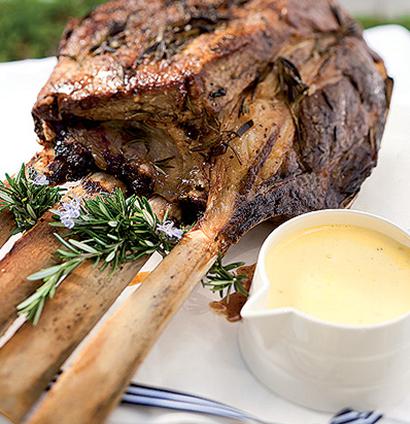
Get the recipe for roast rib-eye with Béarnaise sauce here.
Steak Bearnaise with sweet-potato straws
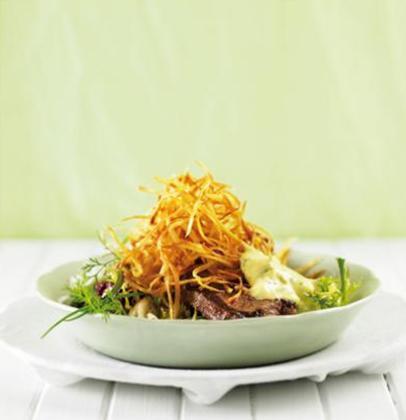
Get the recipe for steak Béarnaise with sweet-potato straws.

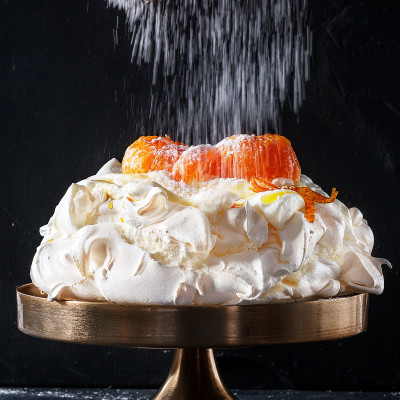
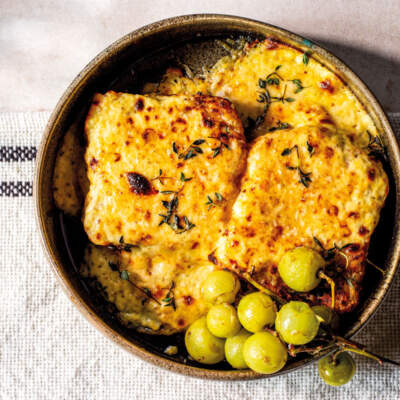
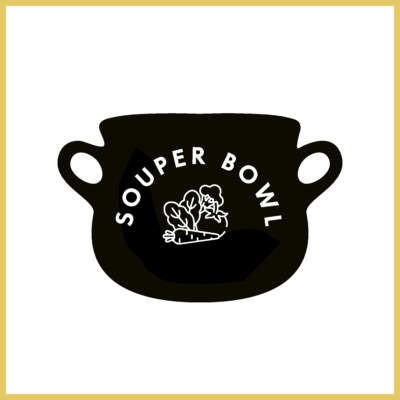
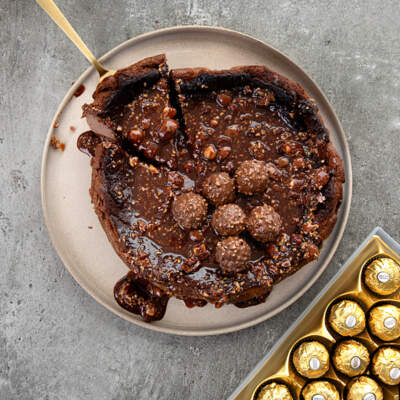
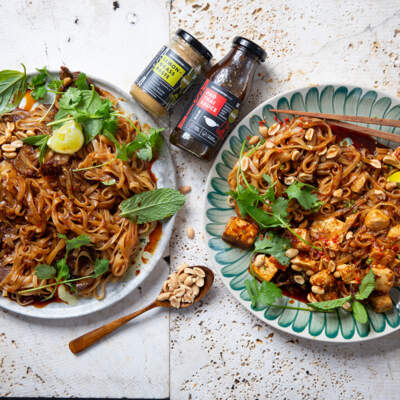
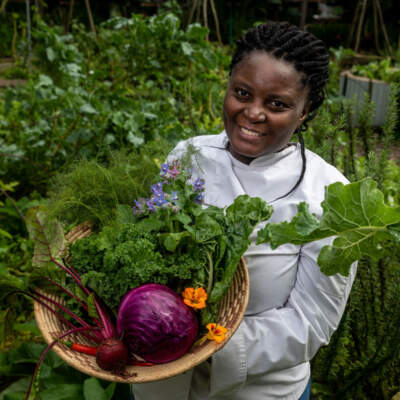
I’ll try this soon